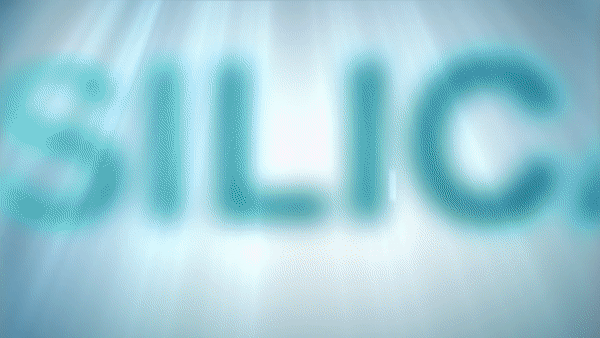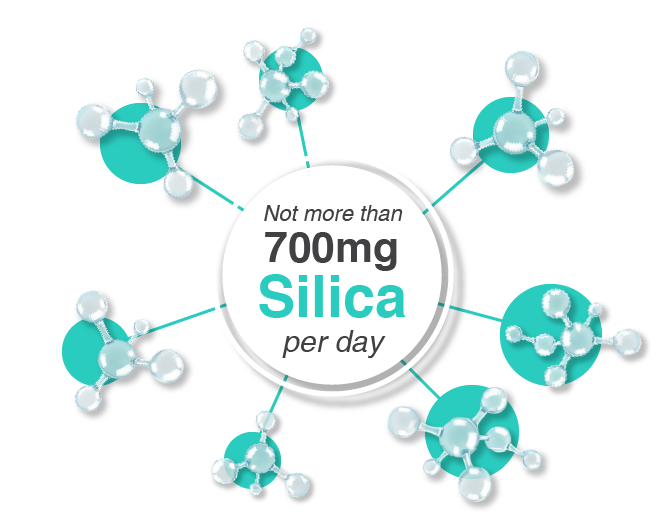What is
SILICA ?
Silica is a natural occurring mineral that has many health
benefits. In fact, silica is the third most abundant element
in the body, after iron and zinc(1).
benefits. In fact, silica is the third most abundant element
in the body, after iron and zinc(1).







